Apple is expected to replace current 3D Touch technology with a new design based on thin film sensors when it introduces a next-generation iPhone with OLED display, according to noted analyst Ming-Chi Kuo.
In a note to investors obtained by AppleInsider, Kuo says the forthcoming iPhone will feature a 3D Touch module located beneath an OLED panel, a layered arrangement first introduced with iPhone 6s in 2015.
Instead of using a sensor design involving flexible printed circuit boards, however, Apple is predicted to make the switch to thin film, a component package promising enhanced sensitivity over existing implementations. The increased should provide a better overall user experience than the now two-year-old 3D Touch design, perhaps paving the way for gestures more complex than home screen quick actions and system-wide "peek and pop" previews.
Fitting a film sensor beneath an OLED panel is not easy, Kuo notes. Whereas current 3D Touch iterations integrate a rigid metal conductive plate as part of the layered sensor design, film sensor stacks do not, leaving the flexible OLED screen susceptible to deformation. To avoid potential damage from regular operation, a passive metal component will be placed under the film sensor to provide structural support, Kuo says.
The new sensor materials and design inevitably require a more involved lamination process that will drive up per module costs, which the analyst estimates will increase 10 to 20 percent compared to current 3D Touch sensors. Module suppliers GIS and TPK are expected to split orders and begin shipping out supply in March or April.
An evolution of Force Touch technology deployed in Apple Watch and MacBook trackpads, 3D Touch was originally billed as "the next generation of multi-touch" when it debuted on iPhone 6s.
Unlike Force Touch, which uses sensors deployed under the perimeter of an Apple Watch display to detect finger pressure, 3D Touch employs an array of capacitive sensors integrated with an iPhone display's backlight. The system measures the distance between iPhone's flexible cover glass and the sensor array many times per second, then translates the results into granular force and location data.
Film sensors operate under the same working principles, but offer more accurate deflection readings in a design that takes up much less internal space.
Apple is widely rumored to unveil its first OLED iPhone later this year alongside a pair of "s" model upgrades for the iPhone 7 series. The 10th anniversary edition, as some are calling the OLED variant, is expected to feature a stainless steel "glass sandwich" design and incorporate exotic technologies like wireless charging, an "invisible" under-panel home button and more. Most recently, rumblings from within Apple's supply chain suggest the OLED version will sport a wraparound 5.8-inch OLED "flex" screen with embedded sensors.
 Mikey Campbell
Mikey Campbell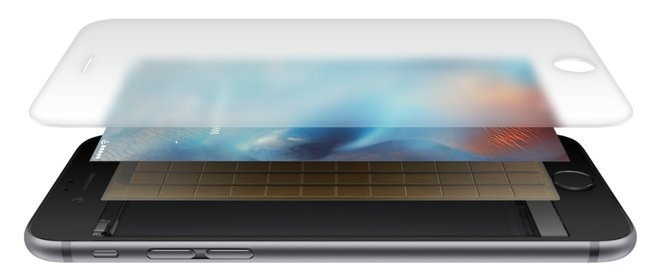







-m.jpg)





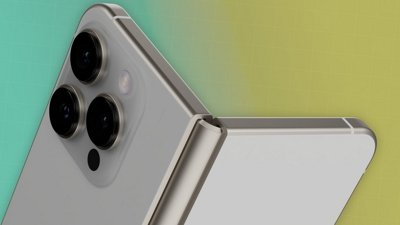
 Malcolm Owen
Malcolm Owen

 Amber Neely
Amber Neely
 Christine McKee
Christine McKee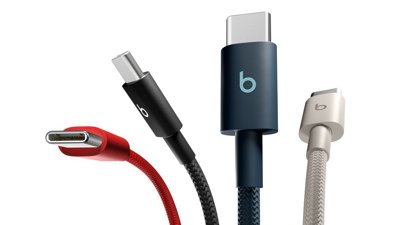
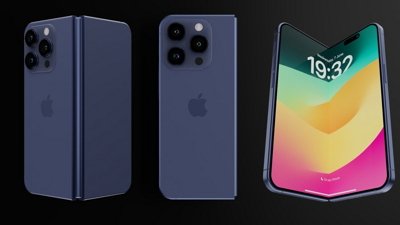
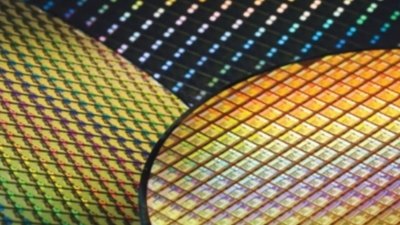
 William Gallagher
William Gallagher
 Chip Loder
Chip Loder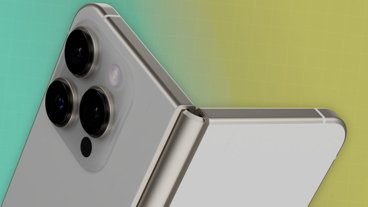

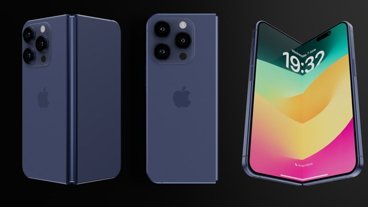
-m.jpg)






18 Comments
I've long wondered whether the Piezoelectric effect could be used in this application. Or maybe it already is, but I've not seen any mention in any context or article.
Piezoelectric
No one I know that has an iPhone 6s and above, uses or even knows about multi-touch.